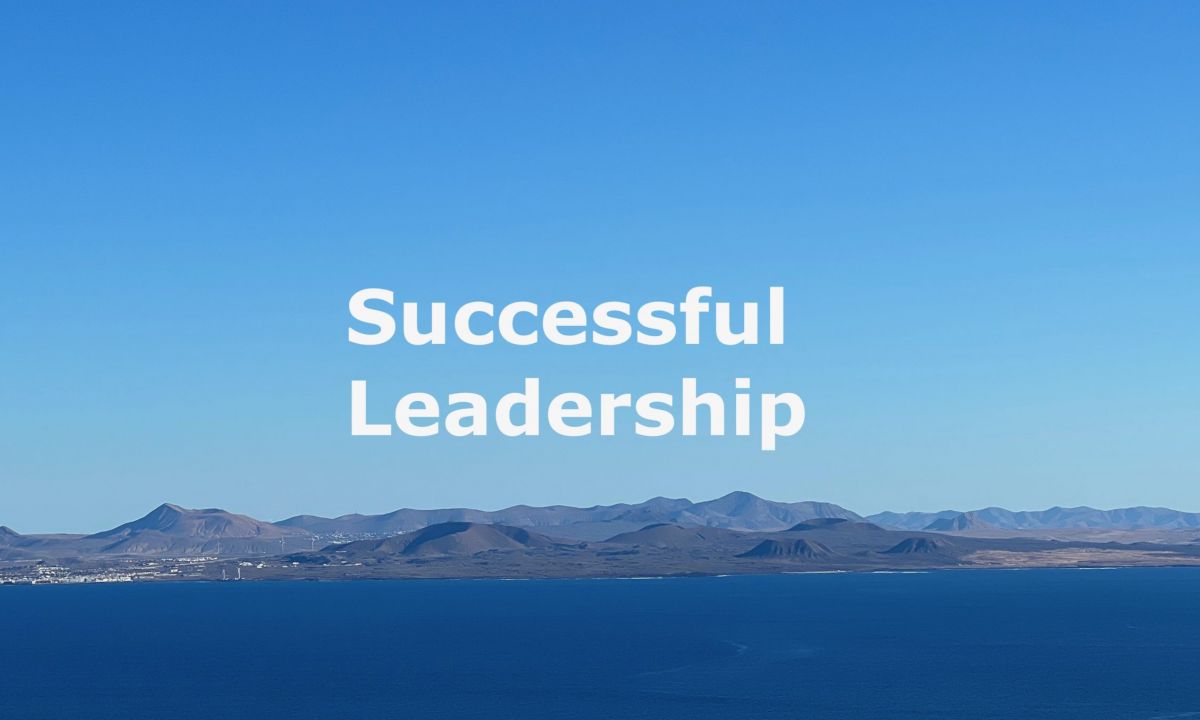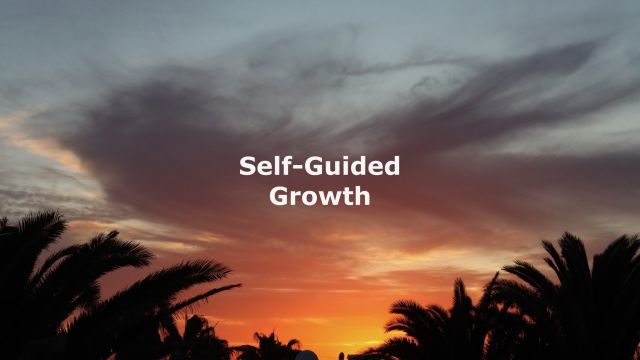
Why Self-Leadership is the Foundation for Successful Leadership in the Age of AI
The rapid advancements in Artificial Intelligence (AI) and automation are reshaping the workplace at an unprecedented speed. Leadership, as we know it, is evolving. What once defined effective leadership—strategic thinking, communication, and emotional intelligence—now requires a new layer of competence: Self-Leadership.
In my work as one of Germany’s leading experts on self-leadership and author of multiple books on the topic, I have consistently emphasized that self-leadership is not just a skill; it is a fundamental framework that allows individuals to navigate complexity and disruption. This message has been reinforced across various podcast episodes on my show, Self-Leadership with Dr. Bensmann, particularly as I explore how leaders can adapt and thrive in the age of AI.
The Changing Landscape of Leadership
Artificial Intelligence is not just another technological advancement; it is a transformative force. As AI increasingly handles repetitive tasks and even cognitive processes, leaders are required to focus on higher-level functions: strategic creativity, emotional intelligence, ethical decision-making, and most importantly, the capacity for self-direction.
Research from the OECD, ILO, and McKinsey (among others) confirms that AI and automation will reshape at least 25% of all jobs globally by 2030. These changes are not only technical but also deeply psychological. Leaders who fail to adapt will find themselves overwhelmed—not just by the pace of technological change, but by their own inability to steer themselves effectively through uncertainty.
Why Self-Leadership Matters
The concept of self-leadership, as I define it in my book Self-Leadership: The Key To Being Productive, comprises three essential pillars:
- Self-Awareness: Understanding one’s strengths, weaknesses, values, and triggers.
- Self-Responsibility: Accepting accountability for one’s actions and decisions, especially when navigating complex situations.
- Self-Direction: Setting clear goals and intentionally moving toward them, even amidst chaos.
These principles are more than theoretical constructs; they are practical tools for navigating disruption. As emphasized in several episodes of my podcast, particularly the episode Develop Your Personal Vision – 11 Tips, having a clear vision is crucial for guiding oneself through an increasingly automated world. Without this clarity, decision-making becomes erratic and reactive.
AI as a Catalyst for Enhanced Self-Leadership
AI is both a tool and a challenge. Leaders who excel in self-leadership use AI as a means to enhance their own productivity and creativity—not as a crutch. It is essential to align personal values with technological progress. Leaders must identify their own “anchors”—the guiding principles that provide stability and direction amid rapid change.
In practical terms, this means integrating AI into daily workflows in a way that complements, rather than replaces, human strengths. The goal is not to become more like machines but to use machines to amplify uniquely human qualities: empathy, creativity, and ethical reasoning.
Practical Steps for Developing Self-Leadership in the Age of AI
- Embrace Continuous Learning: Leaders must actively cultivate new skills and knowledge, including understanding AI technologies and their implications.
- Develop Emotional Intelligence: While AI may handle tasks, only humans can build relationships. Leaders must enhance their emotional intelligence to effectively lead people—not just processes.
- Create a Personal Vision: As I often emphasize in my podcasts, having a clear, personal vision provides a guiding light even when the world seems chaotic.
- Build Resilience: Mental toughness and adaptability are essential. The ability to reframe setbacks as learning opportunities is a core element of self-leadership.
Conclusion
Self-leadership is no longer optional for leaders—it is essential. As AI continues to transform the workplace, those who invest in their own self-awareness, responsibility, and direction will not only survive but thrive. The future belongs to those who can lead themselves effectively before leading others.
Originally published on Substack, March 26, 2025. This is an updated version, reflecting my current thinking and practice.



